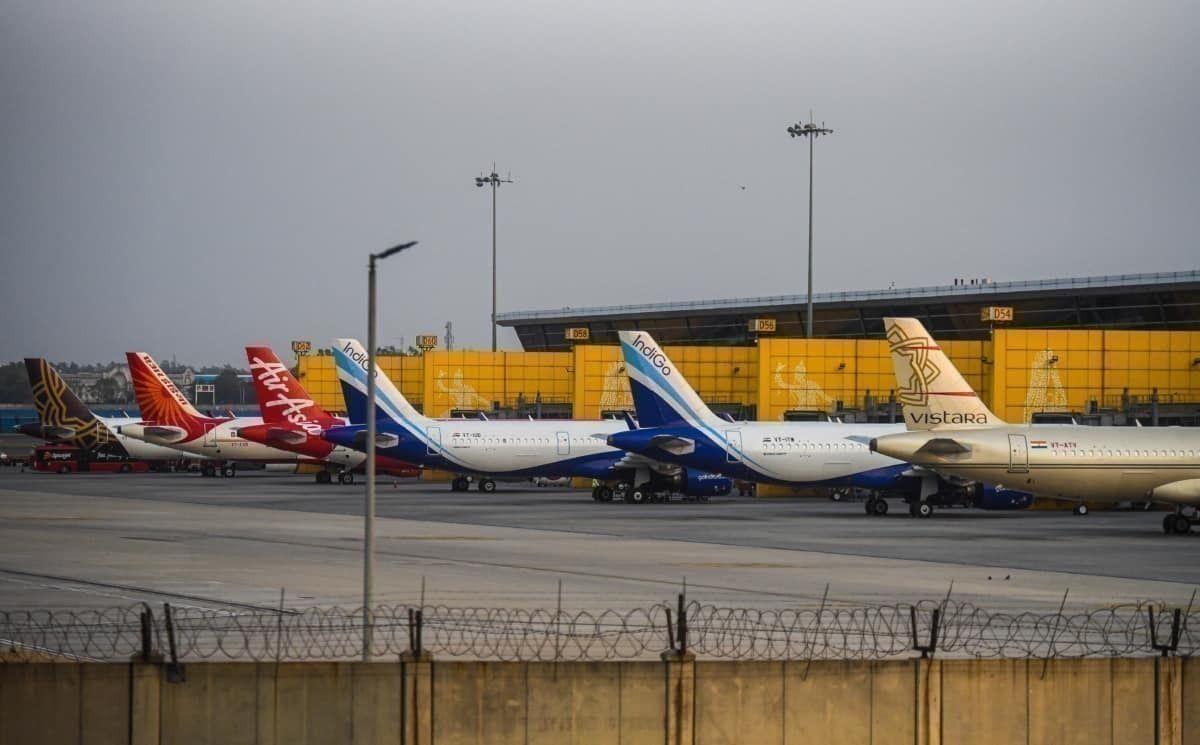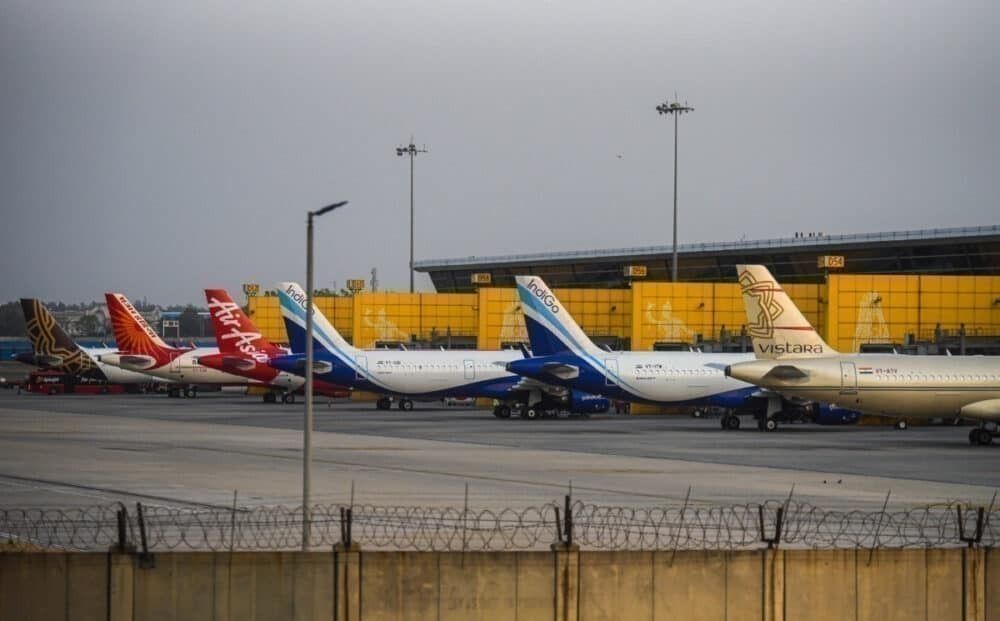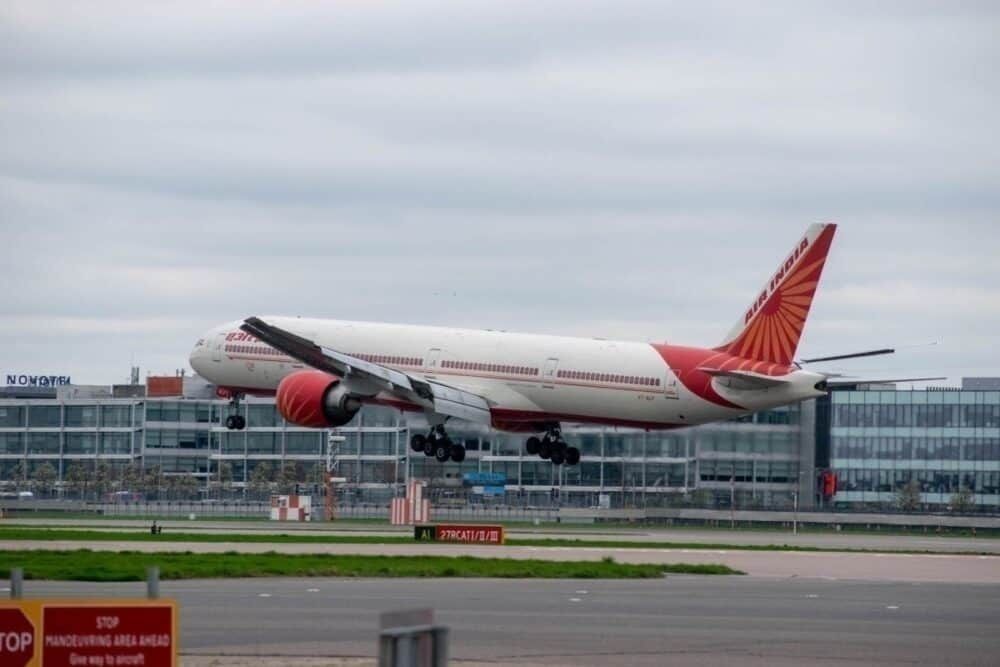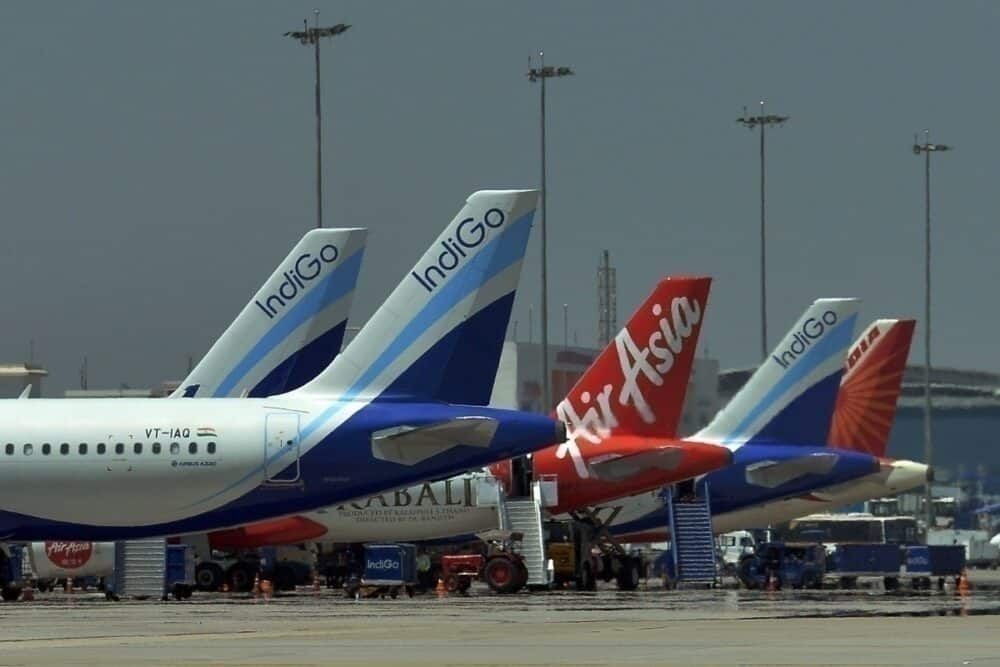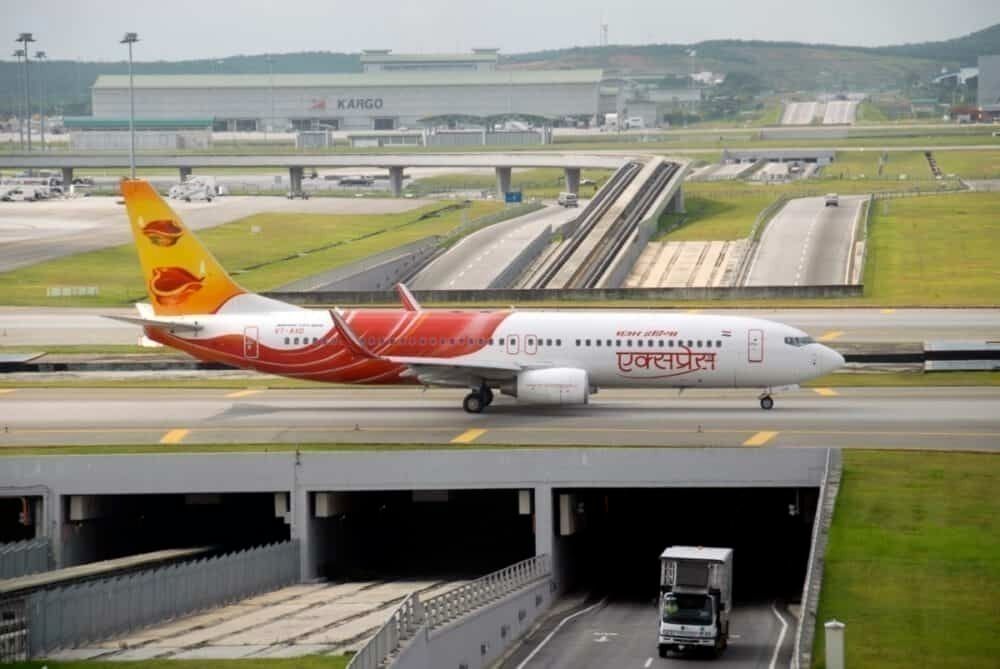India's announcement that private airlines will fly the majority of repatriation flights in the next phase has been a huge boost to passengers and airlines. However, many are asking why private airlines weren't present from the start? There are a few possible reasons for this, let's explore some of them.
Few flights
When India began its repatriation mission in May, the country expected that it would bring home 200,000 citizens in total. In Phase 1, only 64 flights were planned, not requiring more than one airline. The government had likely given Air India the flights due to its flag carrier status, long-haul planes, and slots.
However, soon after the announcement of the plan, hundreds of thousands of Indians applied for repatriation, quickly filling up the 64 planned flights. Seeing the overwhelming demand, the government quickly added more flights to key cities. However, these flights were also operated by Air India, with the airline operating over 600 flights by June.
The sudden expansion of flights meant Air India was the airline that had its entire fleet on the ready and could fly long-haul. Private airlines had offered to fly repatriation missions at the start, but it seems the government didn't think it would need to operate as many flights as it did.
Stay informed: Sign up for our daily aviation news digest.
Private airlines brought in
While private airlines may not have played a prominent role in earlier phases, the government did involve them early on. Just two weeks after repatriation flights began, India announced that private airlines would fly rescue flights from the Middle East in Phase 3 of VBM.
However, private airlines were only allowed to fly 150 flights, about a third of the 550 scheduled flights. It is unclear whether the government only allotted 150 flights or if airlines were only willing to operate those many flights. The announcement also came a few days before domestic flights resumed, which meant private carriers might have wanted to focus on domestic operations.
State support for Air India?
One possible theory could be that the government is trying to prop up Air India. The airline has financially struggled in the past few years and COVID-19 has put it in a tough situation. With privatization around the corner, the government has been wary of pumping more money into the heavily indebted carrier. Excluding private carriers would give Air India a monopoly over a market with extremely high demand.
The theory that the government is using the repatriation flights to support Air India became amplified when the government announced the prices for the flights. A one-way flight from the US can cost more than ₹100,000 ($1,324), while over ₹30,000 ($397) from Saudi Arabia. These prices are more than double the regular fare on these routes.
While repatriation flights are usually expensive (some countries have charged shocking amounts), many had hoped the government would partially subsidize flights. The decision to price repatriation flights this way led many to believe that the government was trying to implicitly support the struggling carrier.
Phase 4 is set to be a very different operation. Private airlines, mainly IndiGo and GoAir, will operate flights from the Middle East, while Air India will fly long-haul routes. Air India Express will fly 300 flights from Asia and the Middle East. It seems the government has at least partially eased Air India's monopoly.
What do you think about India's repatriation mission? Should private carriers take on more flights? Let us know in the comments.

